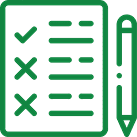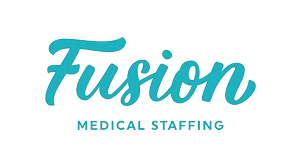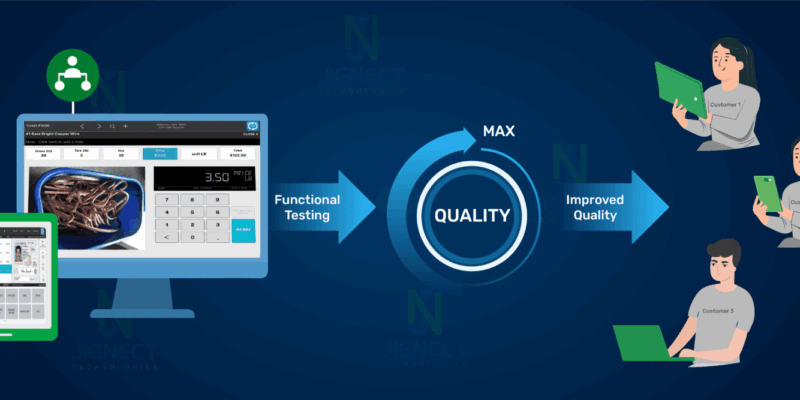Security testing services aim to detect, analyze, and assist in remediating vulnerabilities that allow unauthorized access to data, applications, and IT infrastructure. Regular assessments of IT assets and security policies and procedures assist companies in avoiding expensive cyber incidents and compliance violations. These assessments often include penetration testing services to identify and exploit vulnerabilities. Security testing in software testing is crucial to maintain robust defenses.
At JigNect, we understand the critical importance of security in today’s digital landscape. As a trusted security testing company, we’re committed to delivering end-to-end testing services that safeguard our clients’ digital assets. Our specialized expertise covers a comprehensive range of scenarios, from software and IT security testing to ensuring applications remain protected against evolving cyber threats. Through robust testing practices, we help businesses fortify their infrastructure, comply with regulations, and maintain the trust of their customers.
































